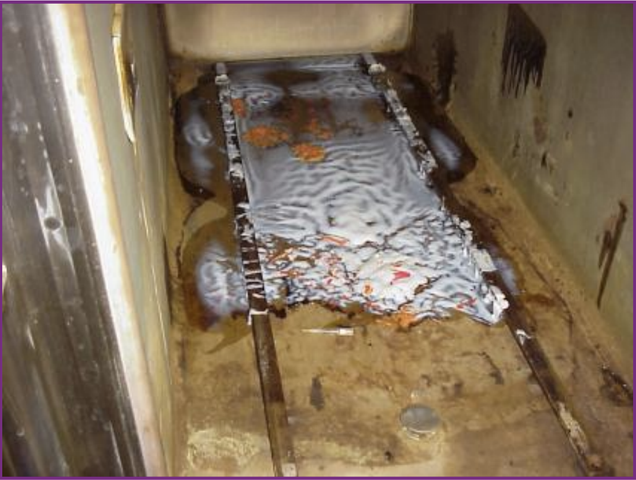Autoclave Safety Guidelines
An autoclave is a common piece of lab equipment used to sterilize equipment and supplies, which poses several hazards to the user.
- Burn Hazards: pressurized heat and steam
- Explosion Hazards: failure of door to seal while in operation
- Heavy Lifting Hazards: loading and unloading of autoclave
The following general guidelines, in combination with the instructions in the autoclave manual, will minimize the potential risk of injury when using an autoclave
Potential Hazards/Biohazards
Burn Hazard
Be cautious of hot surfaces when loading and unloading autoclave. Recently autoclaved contents inside will be extremely hot. Make sure to keep face, body and hands away from escaping heat and steam when opening the door of an autoclave.
Explosion Hazard
Explosions can occur when the seal of the door malfunctions or when autoclave is loaded improperly. Pressure and heat in chamber will escape rapidly, potentially causing serious injury.
Heavy Lifting Hazard
Ask for assistance if the contents you are loading or unloading is heavy. Use autoclave rack cart to move removable rack, when applicable.
Other
Do not place materials that are not autoclave-safe in the autoclave (i.e., non-heat resistant plastics and glass), as they will melt or shatter during the sterilization cycle.


NEVER Put in Autoclave
- Items containing corrosives
- Oxidizers
- Solvents
- Volatile substances
- Radioactive materials
Oxidizers + Organics + Heat = EXPLOSION!
Suggestions for Use
Read and understand the operating and safety procedures from the owner’s manual, be aware of the risks involved, and use caution when operating an autoclave.
Autoclaving Waste
- Regular autoclave cycle is for a minimum of 15 min at 121C
- When autoclaving waste, the internal temp must reach a minimum of 115C for 20 min
- Infectious waste must be autoclaved for a minimum of 30 min at 121C
Engineering and Administrative Controls
Engineering controls will ensure autoclaves:
- Run self-checks to ensure all seals are working properly.
- Run vacuum checks to ensure all air is removed from autoclave
- Run a lock check to see if door is locked properly
- Have interlocking doors so they cannot be opened during a cycle
Administrative controls will ensure:
- Safety training is given
- Good housekeeping is performed
- PPE is worn
- Emergency preparedness
- Good records are kept (use, maintenance, and calibration logs)
More Tips for Proper Use
Appropriate PPE: Lab coat, safety goggles or face shield, heat resistant gloves, apron (if applicable) are required when operating an autoclave.
Helpful hint: Be aware of what you are doing and follow proper safety procedures.
Training: Attend the autoclave safety training provided by EHS and also follow manufacturer’s operation and safety guidelines in the owner’s manual.
The Manufacturers’ Manual: Read and understand the proper operating and safety procedures outlined in the owner’s manual.
Reporting Incidents
All incidents should be reported to your supervisor immediately and must be reported to Research Occupational Health Program (ROHP) at 617-358-7647. For medical emergencies, contact Public Safety on the Medical Campus at (617)358-4444 or BU Police on the Charles River Campus at (617) 353-2121.
If you have questions contact your laboratory’s assigned EHS Department Safety Advisor DSA Environmental Health & Safety.
Environmental Health & Safety
Charles River Campus: 617-353-4094
Medical Campus: 617-358-7840
Web: http://www.bu.edu/EHS